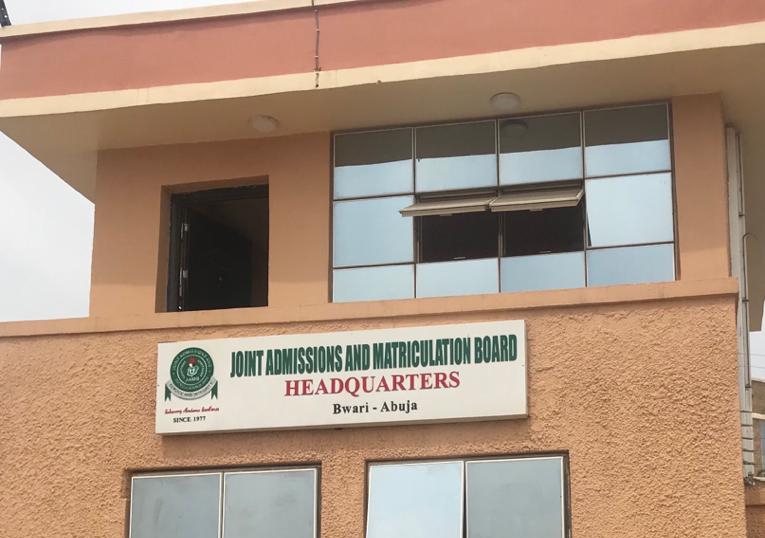Nifty 50 jumps 8% YTD: Five key risks that could derail Indian stock market rally in H2CY25
Defying global turmoil and tariff-related uncertainties, the Indian stock market is set to wrap the first half of calendar year 2025 (H1CY25) with a healthy gain. The Nifty 50 has gained 8 per cent this year so far even as it hit a 52-week low of 21,743.65 on April 7.
The index maintained its upward march despite US President Donald Trump's tariff policies, weak earnings, stretched valuations, foreign capital outflow, geopolitical turmoil and faltering global economic growth.
The Nifty 50 is now just 640 points, or 2.4 per cent below its all-time high of 26,277.35 hit on September 27 last year.
The Nifty 50 has been in the green since March this year. Stocks such as BEL, Bajaj Finance, SBI Life Insurance and Bajaj Finserv have surged 30-40 per cent this year so far. Heavyweights such as Reliance Industries, HDFC Bank, Bharti Airtel, Maruti Suzuki and ICICI Bank have gained 10-25 per cent this year.
However, shares of TCS, Trent, Infosys, IndusInd Bank, Sun Pharma, Wipro and HCL Tech have declined 10-15 per cent this year.
The resilience of the Indian stock market could be attributed to India's durable economic growth and healthy domestic demand.
"Strong domestic demand, government-led capex, and steady sectoral growth, especially in banking and infrastructure, have supported investor confidence," Pawan Jain, the founder and chairman of Ashika Group, told Mint.
The medium-term outlook of the Indian stock market remains positive. However, there are also risks that investors should not overlook.
Although markets have largely priced in existing trade agreements between the US and its key trading partners, any unforeseen developments could rattle investor sentiment.
Trump on Friday said that the White House was looking into an agreement that would give it the “right to go in and trade” with India.
"A key risk on the horizon is the looming 9th July’25 deadline when the US could begin imposing the steep 26 per cent reciprocal tariffs on Indian goods—unless an interim agreement is signed or the tariff pause is extended," said Divya Agrawal, Research Analyst & Advisory (Fundamental), Wealth Management, Motilal Oswal Financial Services.
Madhavi Arora, Lead Economist at Emkay Global, pointed out that "while it’s widely believed that this 'second trade war' would play out differently than the China+1 dynamics, some scepticism remains over India’s ability to scale meaningfully, given infra/other limitations."
Experts say a spike in US inflation could aggravate foreign capital outflow and delay the US Fed rate cut. If foreign portfolio investors (FPIs) go on a prolonged selling spree, the domestic market could come under pressure.
"The US inflation and consequently the Fed rate cut constraints are the only risks, in our opinion, to watch out for," said Vikas Gupta, CEO and Chief Investment Strategist at OmniScience Capital.
Gupta, however, believes the chances of a spike in US inflation are low because of the US-China trade deal.
Vinit Bolinjkar, the head of research of Ventura, underscored that the market has discounted two US Fed rate cuts by December. Fed officials are now openly debating whether only one or none is needed if tariffs keep core inflation sticky.
"A hawkish surprise would push up global bond yields, drain emerging-market liquidity and revive FPI outflows from India," said Bolinjkar.
Concerns over tensions in the Middle East have eased significantly. However, experts point out that geopolitical uncertainty and its potential to drive crude oil prices higher remain a key risk for the Indian market.
"A renewed flare-up in any of several geopolitical flashpoints—ranging from a fraying Middle East cease-fire to fresh Russia–Ukraine escalations—could push Brent crude back toward the USD 90–95/bbl range," said Bolinjkar.
Bolinjkar pointed out that historically, every USD 10 per barrel increase widens India’s current account deficit by roughly 0.4 percentage points of GDP and raises consumer inflation by 30–40 basis points, eroding real incomes, pressuring the rupee, and squeezing corporate margins, just as market valuations appear stretched.
"Any renewed escalation in the Middle East could trigger risk-off sentiment, impacting FII flows and driving crude oil prices higher. A sustained rise in oil prices above $90/barrel could widen India’s current account deficit, fuel inflation, and compel the RBI to turn to a hawkish policy stance, reducing the likelihood of future rate cuts. This could negatively impact investor sentiments and put a pause on the ongoing market rally," said Agrawal of Motilal Oswal Financial Services.
Upcoming earnings will be perhaps the biggest trigger for the domestic market. Experts say if Q1FY26 earnings come out weaker-than-expected, the domestic market may see a deeper correction of about 10 per cent due to EPS growth-valuation mismatch.
"The Nifty’s forward PE sits a standard-deviation above its 10-year mean, while mid-caps trade at a 40 per cent premium to large-caps. At the same time, 72 per cent of index constituents have seen FY26 EPS cuts, and street-wide growth expectations have slipped to nearly 12 per cent. Any miss in the June-quarter numbers could trigger a derating," said Bolinjkar.
Agrawal said that on the earnings front, FY26 is expected to follow a two-speed trajectory—with muted growth in H1 and a pick-up in H2.
"Any delay or disappointment in the anticipated H2 recovery could hurt investor sentiments and derail current market momentum," said Agrawal.
An even monsoon could increase food inflation risk and cap the prospects of further rate cuts by the RBI.
"The IMD still projects an above-normal season overall, yet large deficits (-40% to -70%) are developing in parts of Marathwada and Vidarbha. Any sustained shortfall would revive cereal and pulse inflation, erode rural demand and cap the RBI’s newfound easing room," said Bolinjkar.
Read all market-related news here
Read more stories by Nishant Kumar
This story is for educational purposes only. The views and recommendations above are those of individual analysts or broking companies, not Mint. We advise investors to check with certified experts before making any investment decisions, as market conditions can change rapidly, and circumstances may vary.











